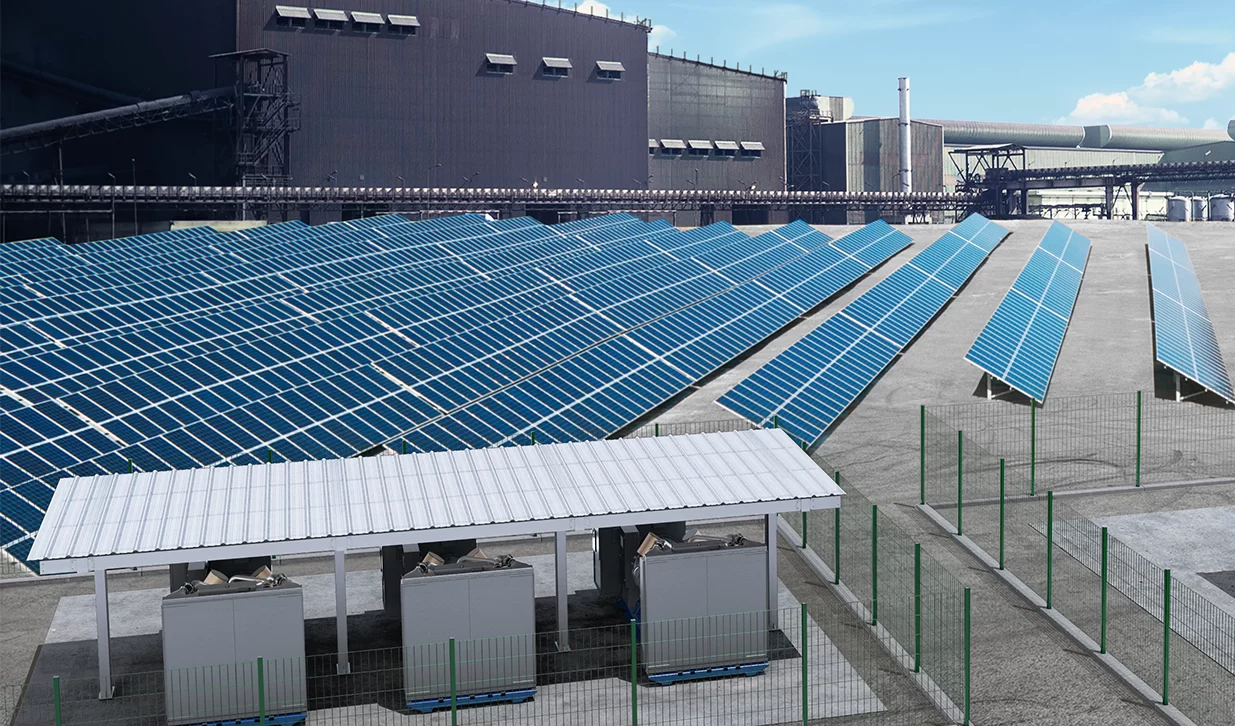How to solve the electricity problems in remote areas by using scale microgrids?

Under the current backdrop of energy transformation, scale microgrids is gradually becoming a key technology to solve energy supply problems. So, what is a scale microgrid and why is it so important?
A scale microgrids, as the name suggests, is a relatively large-scale small power system that operates independently or interacts with the main power grid. It typically integrates multiple distributed energy resources, such as renewable energies like solar, wind, and biomass, as well as energy storage devices, energy conversion devices, and intelligent control systems.
Its importance is first manifested in providing reliable power supply to remote areas. In those remote areas far from the coverage of the main power grid, building traditional power infrastructure is costly and fraught with difficulties. However, the microgrids can utilize local renewable energy for on-site power generation, storage, and supply, effectively solving the electricity problems in these areas. For instance, in some mountainous areas or islands, scale microgrids have relieved residents and businesses from the worry of power shortages, bringing great convenience to local production and life.
Secondly, scale microgrid play a significant role in improving energy utilization efficiency. It can intelligently allocate various energy resources based on real-time energy supply and demand situations to achieve optimal energy utilization. Moreover, through the rational configuration of energy storage devices, excess electrical energy can be stored and released when energy output is insufficient, thereby greatly reducing energy waste.
Furthermore, the microgrids enhance the stability and flexibility of the power system. When facing natural disasters or power grid failures, it can quickly disconnect from the main power grid and operate independently to ensure the power supply of key facilities and users. At the same time, it also provides a flexible solution for the expansion and upgrading of the power grid, avoiding the high costs and long cycles brought about by large-scale infrastructure construction.
However, the development of scale microgrid has not been all smooth sailing. Technically, there are still some urgent problems to be solved, such as power quality control and system integration optimization. Economically, factors such as high initial investment and imperfect cost recovery mechanisms have also restricted its wide application. But with the continuous progress of technology and policy support, these problems are being gradually resolved.
In the future, scale microgrids are expected to play an important role in more fields. For example, in industrial parks, commercial complexes, and other places, by constructing the microgrids, energy self-sufficiency and efficient utilization can be achieved, reducing energy costs and improving energy security. In the construction of smart cities, scale microgrid will also become an important component, providing strong support for the sustainable development of cities.
In conclusion, as an innovative technology in the energy field, scale microgrids have huge development potential and application prospects. We have reason to believe that in the near future, it will bring more efficient, reliable, and environmentally friendly solutions to our energy supply.
